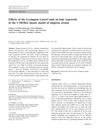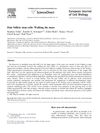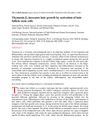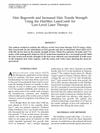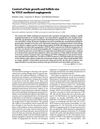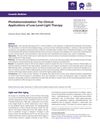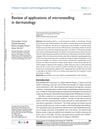Low-Level Light Therapy for Cosmetics and Dermatology
February 2014
in “
Proceedings of SPIE
”
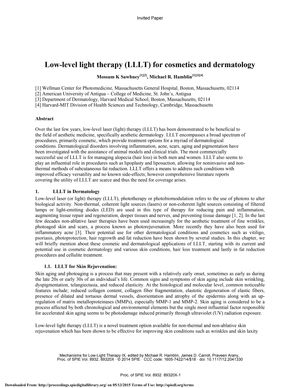
TLDR Low-Level Light Therapy is effective for skin rejuvenation, wound healing, and hair growth, with mild side effects.
The document from 2014 explores the use of Low-Level Light Therapy (LLLT) in dermatology, highlighting its effectiveness in skin rejuvenation, wound healing, and particularly in treating hair loss. Clinical studies have shown improvements in skin texture and a reduction in fine lines, as well as stimulation of hair growth in conditions like Alopecia Areata and Androgenetic Alopecia. For instance, a study with 15 patients with Alopecia Areata showed 47% experienced hair growth 1.6 months earlier with LLLT, and a study of 110 male patients with Androgenetic Alopecia reported increased hair density after 26 weeks of LLLT. The therapy is FDA-approved for hair loss and is believed to work by promoting the growth phase of hair follicles and increasing cell proliferation. LLLT has also been investigated for fat reduction, with mixed results regarding its effectiveness. Overall, LLLT is considered a non-invasive treatment with mild side effects and potential for various dermatological applications.

